How to Choose the Best Steam Mop for Your Flooring Type
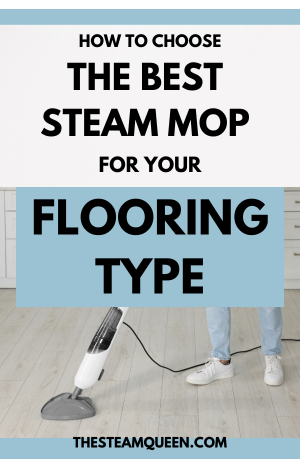
So, you’re ready to say goodbye to your old mop and bucket, or maybe you’re just tired of swiping over the same spot on your hardwood floors, praying they won’t warp from the water.
I feel you! Enter the steam mop—a magical device that promises to deep clean your floors without those harsh chemicals.
But hold on! Before you rush out to grab the first steam mop you see, let’s take a moment to understand that not all steam mops are created equal, and more importantly, not all floors are ready for the full blast of steam power.
Different floor types require different approaches to steam cleaning, and selecting the right steam mop can save you from an accidental flooring catastrophe.
Whether your home is covered in hardwood, tile, laminate, or even carpet (yes, some steam mops handle those too), this guide will walk you through how to pick the perfect steam mop to meet your floor’s needs.
Understanding How Steam Mops Work (and Why You Need One)
Before we break down the best steam mop for your floor, let’s talk basics.
Steam mops use water, heat it to produce steam, and then apply that steam to your floors to break down dirt, grime, and germs.
Sounds simple, right? It is! And the beauty is that you don’t need any chemical cleaners—the steam alone can sanitize and leave your floors spotless.

But here’s where it gets tricky. The type of floor you’re dealing with will impact how you use the mop, what kind of steam settings you need, and what type of mop pad is best. Now that you’re geared up with some steam knowledge, let’s get into the good stuff.
Hardwood Floors: Steam Cleaning’s High-Maintenance Friend
Hardwood floors are like that one friend who always looks effortlessly beautiful but actually spends two hours getting ready.
They’re stunning, but they’re also high maintenance. If you’ve got hardwood floors, you know that water and wood are mortal enemies. Too much moisture can warp, buckle, or stain your beautiful planks, and that’s a tragedy none of us wants to experience.
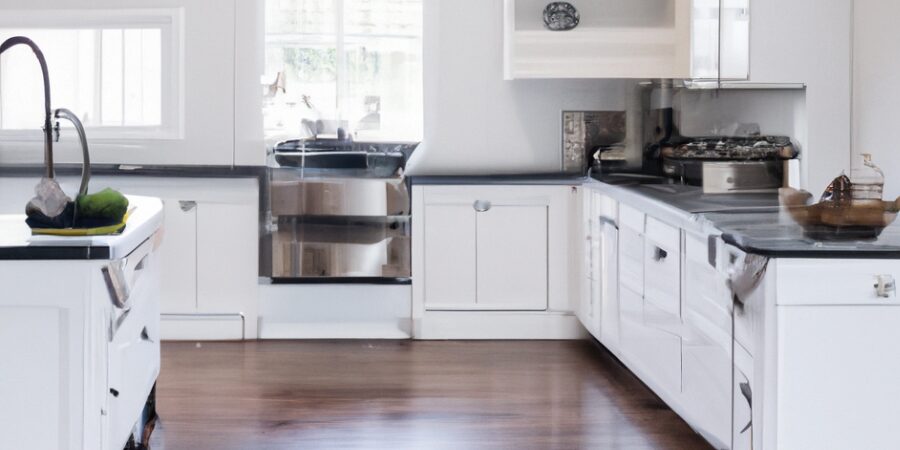
What to Look For:
- Adjustable Steam Settings: Hardwood floors require a gentle touch, so look for a steam mop with adjustable steam levels. The ability to control the steam output is key. You want just enough moisture to lift the dirt but not so much that it leaves your wood looking like a waterlogged canoe. A low-steam setting is ideal for hardwood.
- Microfiber Pads: These mop pads are soft and non-abrasive, which is exactly what your wood floors need. Avoid anything too rough that might scratch the finish.
- Quick Heat-Up and Dry Time: You want a steam mop that heats up fast and dries even faster. The quicker you can get your floors back to their natural state (read: dry), the better. Look for a mop that has a fast-drying feature, so your floors aren’t damp for long.
PRO TIP: Make sure your hardwood floors are sealed! Unsealed wood and steam mops don’t mix, so if you’re unsure, test a small, hidden area first.
Top Picks for Hardwood Floors:
- A steam mop with variable steam control and soft pads, like the Bissell PowerFresh, is a solid choice for hardwood floors. You’ll be able to mop gently and confidently, without worrying about damaging that beautiful finish.
Laminate Flooring: Fake It ‘Til You Make It
Laminate flooring is like hardwood’s easy-going cousin. It looks just as good (well, almost), but it doesn’t require nearly as much babying.
Laminate is made of synthetic materials that are designed to mimic the look of wood, but let’s not get carried away—laminate can still suffer from too much moisture if you’re not careful. Warping, lifting, and bubbling are all unfortunate possibilities if you get it too wet.
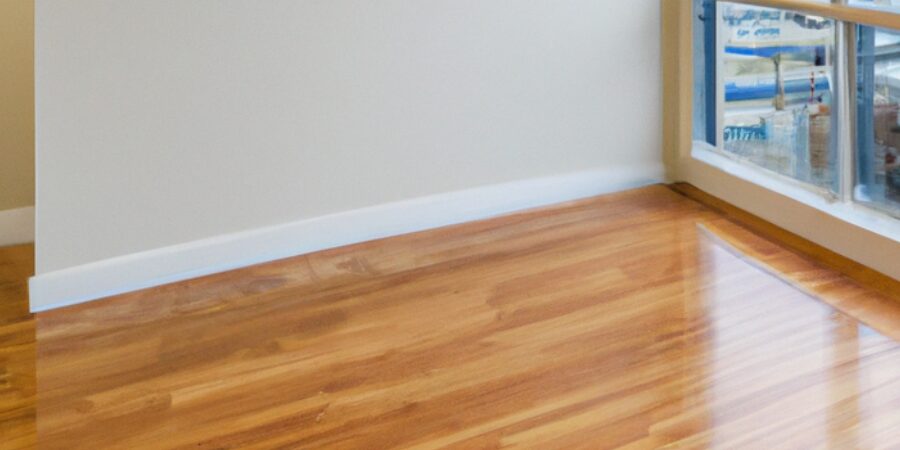
What to Look For:
- Gentle Steam Power: Like hardwood, laminate flooring doesn’t need a full-on steam assault. Look for a steam mop that allows you to adjust the steam level to low or medium. You want just enough to clean the surface but not enough to soak the seams of the planks.
- Lightweight Design: You don’t want a steam mop that feels like it weighs a ton when you’re dragging it across your laminate floors. A lightweight steam mop will help you glide over the floors easily, reducing the risk of pushing too much water into the seams.
- Quick-Dry Feature: Laminate is all about speed. You need a mop that dries the floor almost instantly. Some mops have this quick-dry technology that minimizes water exposure, which is exactly what you want here.
PRO TIP: Always keep the mop moving. Holding it in one spot for too long can cause moisture to build up and damage your laminate.
Top Picks for Laminate Floors:
- A mop like the Shark Genius Steam Pocket Mop (read my full review here) offers precision steam control, allowing you to manage just how much heat and moisture you’re using on your laminate.
Tile Floors: Bring on the Steam!
Tile floors are the real MVPs of steam mopping.
These surfaces are tough, durable, and practically beg for a good steam cleaning. Unlike wood and laminate, tile can take all the steam you want to throw at it. Whether it’s ceramic, porcelain, or stone tile, the steam mop was practically invented for these bad boys.
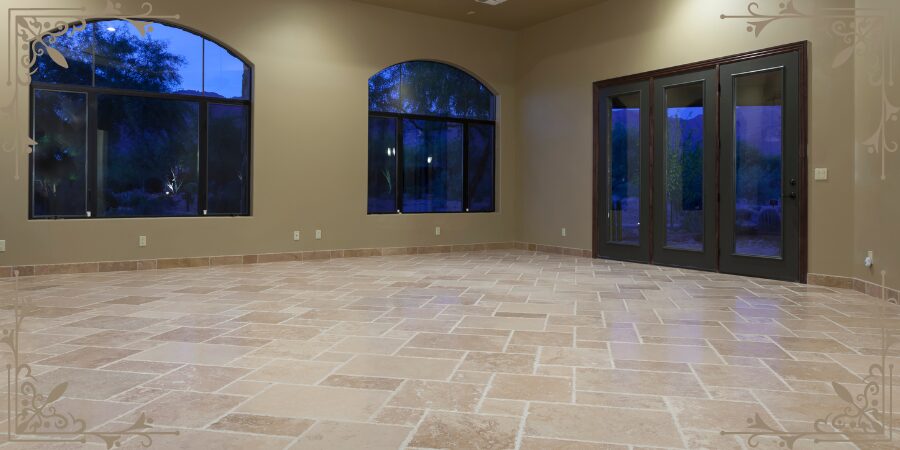
What to Look For:
- High Steam Power: Tile floors can handle the heat, so don’t be afraid to crank up the steam settings. High steam power will help loosen up dirt, grime, and those inevitable sticky spots.
- Scrubbing Attachments: Some steam mops come with scrubbing attachments that can really get into the grout lines, which is a game-changer if your tile floors have grout that loves to trap dirt.
- Large Water Tank: Because tile can handle more steam, look for a mop with a larger water tank. This way, you won’t have to keep stopping to refill during those deep cleaning sessions.
PRO TIP: Use a mop pad specifically designed for scrubbing. Tile can handle rougher cleaning, so you want something that’s up to the task. You’ll thank yourself when you see how clean your grout lines become.
Top Picks for Tile Floors:
- The Dupray Neat Steam Cleaner is a beast when it comes to tile. With high steam power and a variety of attachments, it’s a top choice for tackling the toughest tile jobs.
Vinyl and Linoleum: Budget-Friendly, But Still Worthy of Love
Vinyl and linoleum floors are the underdogs of the flooring world. They’re budget-friendly and durable, but they can still look like a million bucks if taken care of properly.
The good news is that these floors are pretty forgiving when it comes to steam mopping. But, like laminate, too much moisture over time can weaken the glue holding your vinyl or linoleum in place.
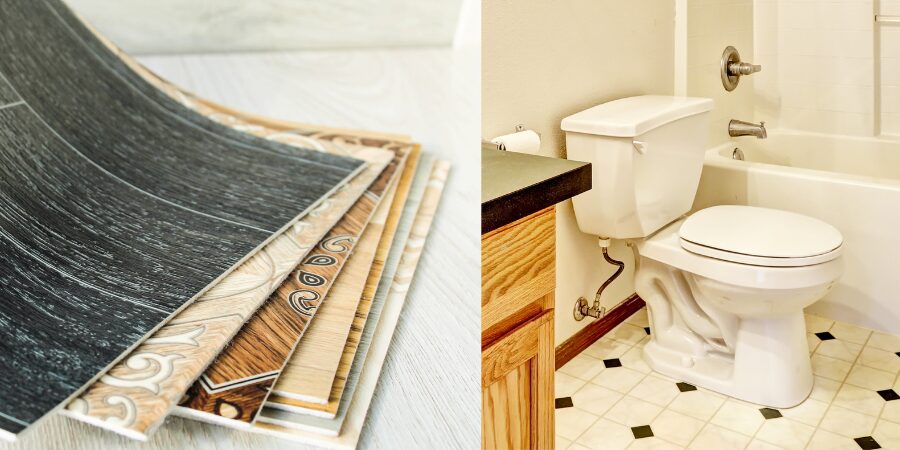
What to Look For:
- Medium Steam Power: Vinyl and linoleum can handle more steam than wood or laminate but don’t go overboard. A medium steam setting will lift dirt and sanitize without compromising the integrity of your floors.
- Soft Pads: You don’t need the heavy-duty scrubbing pads here. Soft microfiber pads will do the trick nicely, lifting dirt without scuffing the surface.
- Mop Head Flexibility: A mop head that swivels and flexes is key for navigating around furniture and into tight corners on your vinyl and linoleum floors.
PRO TIP: Make sure the floor is glued down well before using a steam mop. Loose tiles or sheets of vinyl can be damaged by the heat and moisture.
Top Picks for Vinyl and Linoleum:
- The O-Cedar Microfiber Steam Mop is a great fit for vinyl and linoleum floors. Its adjustable steam settings and lightweight design make it easy to use on these surfaces without causing damage.
Carpets: Yes, It’s Possible!
Wait—steam mop on carpet? Believe it or not, some steam mops come with a carpet glider attachment that can freshen up carpets.
While they won’t deep clean like a carpet cleaner, steam mops can lift surface dirt and sanitize carpets, making them smell fresh and feel softer.
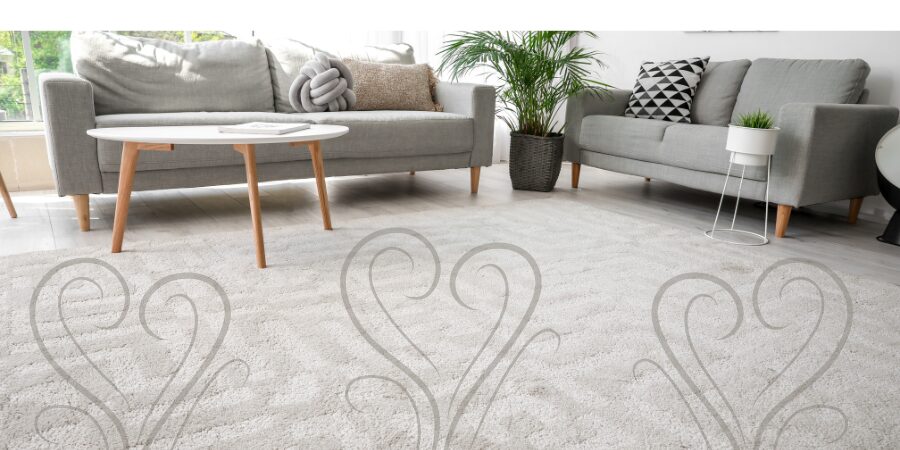
What to Look For:
- Carpet Glider Attachment: Not all steam mops are equipped for carpets, so make sure yours comes with a carpet glider attachment. This helps the steam mop glide over the carpet without getting tangled or stuck.
- High Steam Power: Since carpet fibers can handle more steam than hard floors, look for a steam mop that offers a high steam setting to tackle the deeper layers of dirt.
PRO TIP: Steam mops are great for refreshing carpets between deep cleanings, but don’t expect miracles. They’re not a substitute for a dedicated carpet cleaner.
Top Picks for Carpets:
- The Bissell Symphony All-in-One steam mop does double duty by handling hard floors and giving carpets a nice refresh, making it a versatile option for homes with mixed flooring.
The Final Sweep: Choose Wisely
Choosing the best steam mop for your floors boils down to understanding the needs of your specific flooring type.
While tile floors are ready for a full-on steam blast, your hardwood, laminate, and vinyl floors need a bit more finesse.
Take the time to evaluate what your floors can handle, and choose a steam mop with the right settings and features.
When in doubt, go with a model that offers adjustable steam settings and versatile attachments.
This way, you’ll have the flexibility to clean different floor types without risking damage.
With the right steam mop, you’ll keep your floors looking fresh, clean, and—most importantly—undamaged for years to come. Happy mopping!
